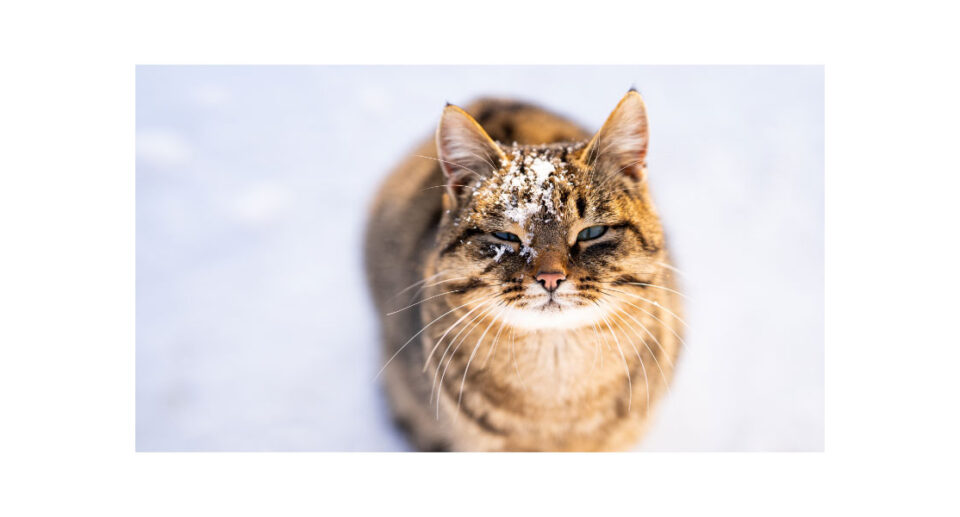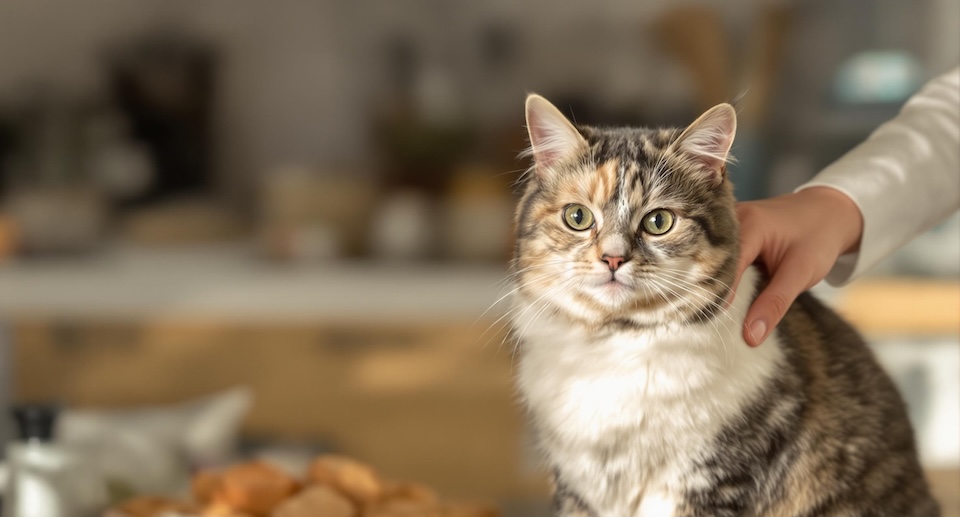Why Has My Senior Cat Stopped Grooming?

Has your senior cat stopped grooming as much as they once did, or stopped grooming altogether? It’s incredibly common for cats to not groom as much as they get older. In honor of Senior Cat Month, learn why your cat may stop grooming, and what you can do to help them stay clean and tidy in their senior years.
Why Do Senior Cats Stop Grooming?
As many as 90 percent of cats that have reached their geriatric years, which begin at age 12, will have developed osteoarthritis in at least one joint. Stiff, painful joints can make it more difficult for your cat to groom, especially when it comes to tough-to-reach spots.
Though osteoarthritis is a normal part of aging, it is manageable with joint support supplements, pain medications, and lifestyle changes like a supportive bed, ramps, or stairs to minimize unnecessary strain on their joints. You can begin giving your cat joint supplements before they start to show signs of joint pain. If your cat is already showing signs of osteoarthritis, see your veterinarian to confirm and rule out injuries or underlying illnesses.
Senior cats, especially those that are overweight or obese, may not yet be experiencing joint pain, but may no longer be flexible enough to reach certain spots, like their hind end. Helping your cat achieve or maintain a healthy weight can reduce the severity and progression of osteoarthritis, and can make it easier for them to groom.
Chronic illnesses like diabetes and chronic kidney disease are common in senior cats, too. When cats feel unwell, they may not have the energy to groom for hours each day.
Dental pain is another commonly overlooked reason cats stop grooming. The majority of cats will have some form of dental disease by age three, with painful conditions like gingivitis, tooth resorption, and gum abscesses often going unnoticed until the pain becomes severe.
If your cat has suddenly changed their grooming habits, make an appointment to visit your veterinarian as soon as possible. Cats are notorious for hiding their pain and a lack of grooming can sometimes be the only noticeable sign that of an undiagnosed health issue.
What Happens When Senior Cats Stop Grooming?
When cats groom themselves, they stimulate the sebaceous glands in their skin and distribute the natural oils over their coat, keeping it shiny and conditioned. That’s why a senior cat may have fur that looks oily and spiky. Their skin’s oils remain close to the roots and not reach the ends of their fur, which will remain dry and dull.
Grooming also stimulates circulation and promotes relaxation. They can massage at aches and pains, and even help regulate their body temperature as they groom.
Cats with long fur are prone to tangles and mats, especially when they are no longer grooming. Mats can trap loose fur, oils, and dirt, leaving your cat uncomfortable and unkempt, and more susceptible to skin infection.
Grooming Your Senior Cat
Once you’ve seen your veterinarian to address any potential health issues, you’ll likely need to start grooming your senior cat on a regular basis.
If your cat has any severe mats or tangles, you might need to see a groomer to remove them safely with minimal stress to your cat. It may be necessary to shave down any gnarls that cannot be brushed out.
For short haired cats, a quick brush each day should be enough to prevent mats. Every week or so, you can give your cat a deeper cleanse with dry shampoo or bath wipes to remove odors, excess oils, and other buildup.
Cats love to groom after they eat, but if your cat is no longer grooming, they may get food particles stuck to their face and neck. You can combat this by feeding out of a shallow, elevated plate so their face does not touch the sides.
After-litterbox grooming can be a challenge, too. You can see your groomer for a sanitary trim if your cat has long fur around their hindquarters.
If your cat is not used to being groomed by a human, they might find it stressful at first. Work towards making it just another part of your day by incorporating lots of cuddles, head-scratches, and ear rubs, that way it will become a relaxing bonding experience for both you and your snuggly senior.





